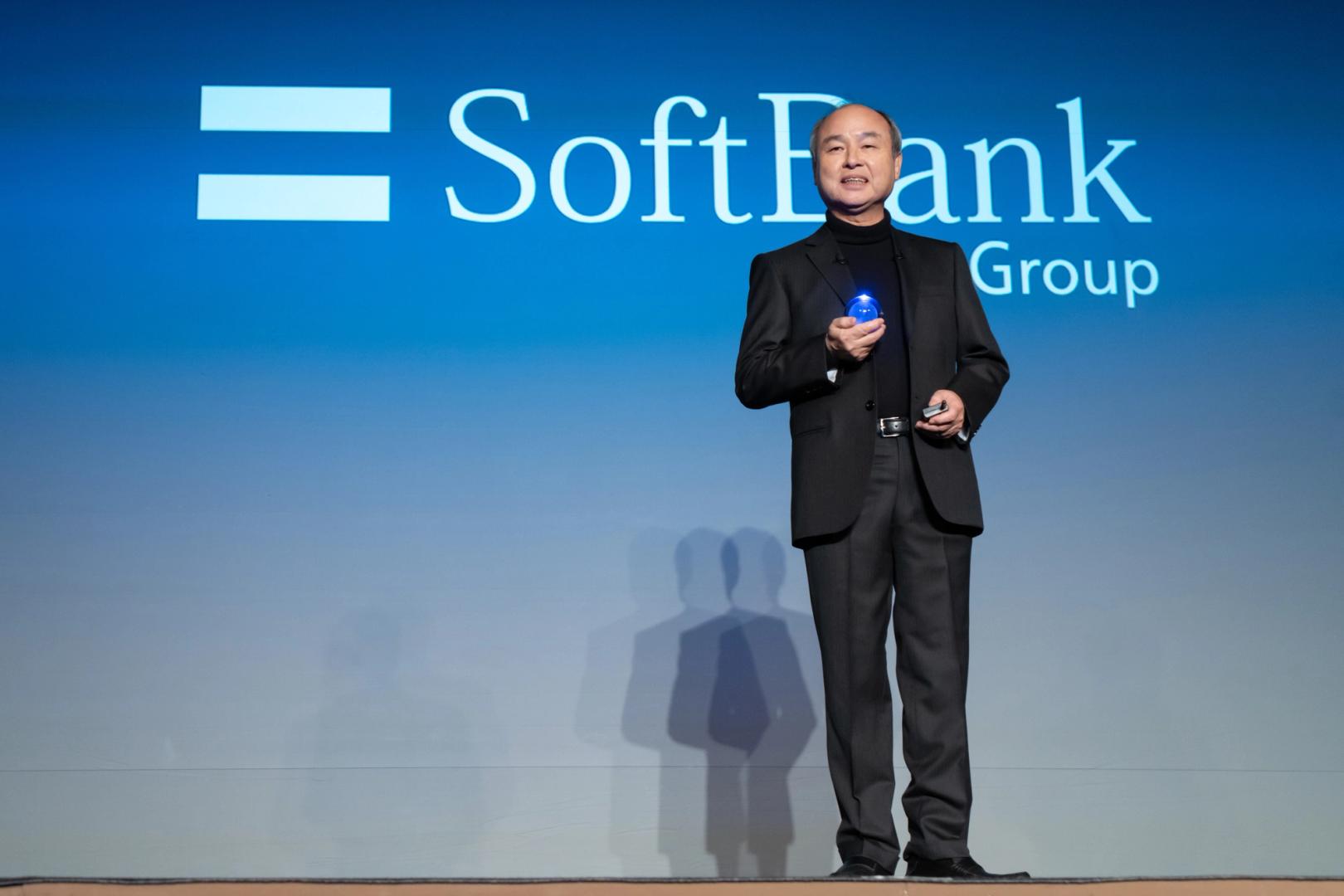Prototypal Inheritance in JavaScript
Prototypal inheritance is a core feature of JavaScript, distinguishing it from classical inheritance found in languages like Java and C++. Understanding how it works is crucial for mastering JavaScript fundamentals. What is Prototypal Inheritance? In prototypal inheritance, objects inherit properties and methods directly from other objects. JavaScript objects have a hidden internal property called [[Prototype]] that points to their prototype object. Understanding the Prototype Chain Every JavaScript object has a prototype. When accessing properties or methods, JavaScript searches the object itself, and if not found, it moves up the prototype chain until it finds the requested property or reaches null. const animal = { speak() { console.log('Animal speaking'); } }; const dog = Object.create(animal); dog.bark = function() { console.log('Woof!'); }; // Using inherited method dog.speak(); // Animal speaking Setting Prototypes with Constructor Functions Constructor functions simplify creating multiple objects with the same prototype: function Animal(name) { this.name = name; } Animal.prototype.speak = function() { console.log(`${this.name} makes a sound.`); }; const dog = new Animal('Dog'); dog.speak(); // Dog makes a sound. Modern JavaScript Classes ES6 introduced class syntax as a more readable alternative, though it still uses prototypal inheritance internally: class Animal { constructor(name) { this.name = name; } speak() { console.log(`${this.name} speaks.`); } } class Dog extends Animal { speak() { super.speak(); console.log('Woof!'); } } const myDog = new Dog('Buddy'); myDog.speak(); // Buddy speaks. // Woof! [[Prototype]] vs proto vs .prototype [[Prototype]]: Internal property of an object used by JavaScript engines to link objects together in the prototype chain. proto: Deprecated accessor property that allows reading and setting the prototype of an object. Avoid using it in modern code due to performance and security implications. const obj = {}; console.log(obj.__proto__); // Points to Object.prototype .prototype: A property on constructor functions used when creating new instances with the new keyword. It specifies the prototype for objects created by that constructor. function Car(model) { this.model = model; } Car.prototype.drive = function() { console.log(`${this.model} is driving.`); }; const myCar = new Car('Tesla'); myCar.drive(); // Tesla is driving. Benefits of Prototypal Inheritance Memory efficiency: Shared methods save memory compared to classical inheritance. Dynamic flexibility: Easily modify objects at runtime. Simplicity: Clear and straightforward inheritance structure. Common Pitfalls Modifying prototypes can affect all instances: Be cautious when altering prototypes dynamically. Deep prototype chains can affect performance: Keep chains concise and shallow when possible. Best Practices Prefer class syntax for readability while remembering underlying prototype mechanisms. Avoid extending built-in objects unless necessary. Clearly document the prototype structure of complex object hierarchies. Conclusion Understanding prototypal inheritance empowers you to write more efficient and maintainable JavaScript code. Embracing its unique strengths can significantly enhance your JavaScript programming skills. Have you utilized prototypal inheritance creatively in your JavaScript projects? Share your experiences below!
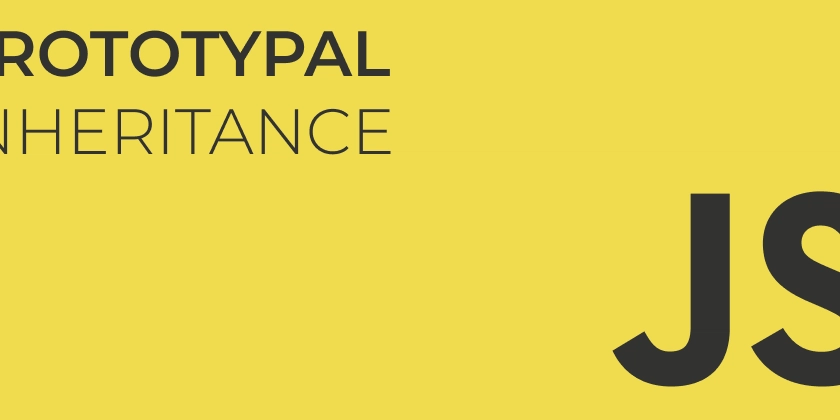
Prototypal inheritance is a core feature of JavaScript, distinguishing it from classical inheritance found in languages like Java and C++. Understanding how it works is crucial for mastering JavaScript fundamentals.
What is Prototypal Inheritance?
In prototypal inheritance, objects inherit properties and methods directly from other objects. JavaScript objects have a hidden internal property called [[Prototype]] that points to their prototype object.
Understanding the Prototype Chain
Every JavaScript object has a prototype. When accessing properties or methods, JavaScript searches the object itself, and if not found, it moves up the prototype chain until it finds the requested property or reaches null.
const animal = {
speak() {
console.log('Animal speaking');
}
};
const dog = Object.create(animal);
dog.bark = function() {
console.log('Woof!');
};
// Using inherited method
dog.speak(); // Animal speaking
Setting Prototypes with Constructor Functions
Constructor functions simplify creating multiple objects with the same prototype:
function Animal(name) {
this.name = name;
}
Animal.prototype.speak = function() {
console.log(`${this.name} makes a sound.`);
};
const dog = new Animal('Dog');
dog.speak(); // Dog makes a sound.
Modern JavaScript Classes
ES6 introduced class syntax as a more readable alternative, though it still uses prototypal inheritance internally:
class Animal {
constructor(name) {
this.name = name;
}
speak() {
console.log(`${this.name} speaks.`);
}
}
class Dog extends Animal {
speak() {
super.speak();
console.log('Woof!');
}
}
const myDog = new Dog('Buddy');
myDog.speak();
// Buddy speaks.
// Woof!
[[Prototype]] vs proto vs .prototype
[[Prototype]]: Internal property of an object used by JavaScript engines to link objects together in the prototype chain.
proto: Deprecated accessor property that allows reading and setting the prototype of an object. Avoid using it in modern code due to performance and security implications.
const obj = {};
console.log(obj.__proto__); // Points to Object.prototype
-
.prototype: A property on constructor functions used when creating new instances with the
newkeyword. It specifies the prototype for objects created by that constructor.
function Car(model) {
this.model = model;
}
Car.prototype.drive = function() {
console.log(`${this.model} is driving.`);
};
const myCar = new Car('Tesla');
myCar.drive(); // Tesla is driving.
Benefits of Prototypal Inheritance
- Memory efficiency: Shared methods save memory compared to classical inheritance.
- Dynamic flexibility: Easily modify objects at runtime.
- Simplicity: Clear and straightforward inheritance structure.
Common Pitfalls
- Modifying prototypes can affect all instances: Be cautious when altering prototypes dynamically.
- Deep prototype chains can affect performance: Keep chains concise and shallow when possible.
Best Practices
- Prefer class syntax for readability while remembering underlying prototype mechanisms.
- Avoid extending built-in objects unless necessary.
- Clearly document the prototype structure of complex object hierarchies.
Conclusion
Understanding prototypal inheritance empowers you to write more efficient and maintainable JavaScript code. Embracing its unique strengths can significantly enhance your JavaScript programming skills.
Have you utilized prototypal inheritance creatively in your JavaScript projects? Share your experiences below!










































































































































































![[The AI Show Episode 144]: ChatGPT’s New Memory, Shopify CEO’s Leaked “AI First” Memo, Google Cloud Next Releases, o3 and o4-mini Coming Soon & Llama 4’s Rocky Launch](https://www.marketingaiinstitute.com/hubfs/ep%20144%20cover.png)


































































































































![[DEALS] Sterling Stock Picker: Lifetime Subscription (85% off) & Other Deals Up To 98% Off – Offers End Soon!](https://www.javacodegeeks.com/wp-content/uploads/2012/12/jcg-logo.jpg)































































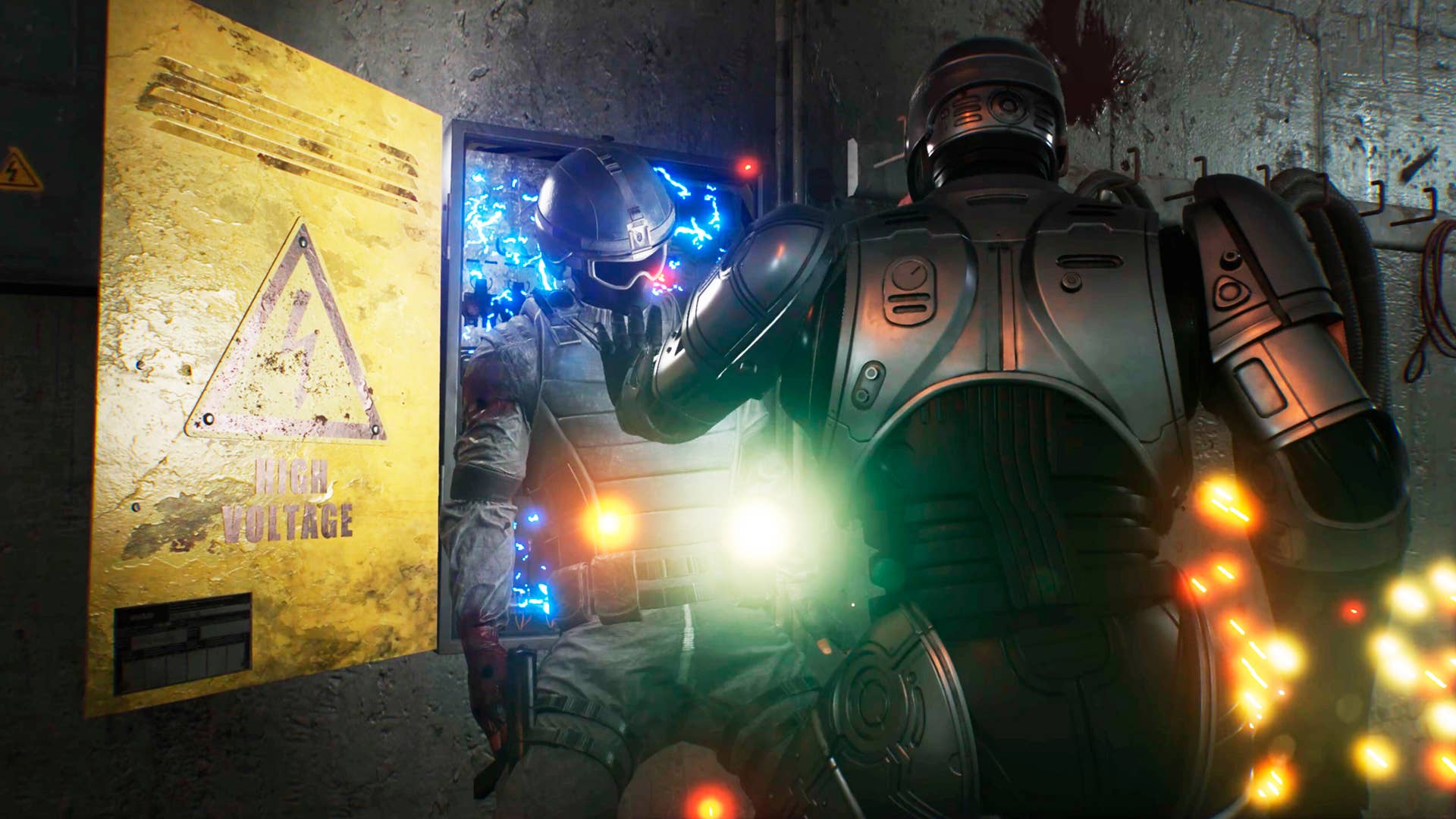















































































_NicoElNino_Alamy.png?width=1280&auto=webp&quality=80&disable=upscale#)




















































































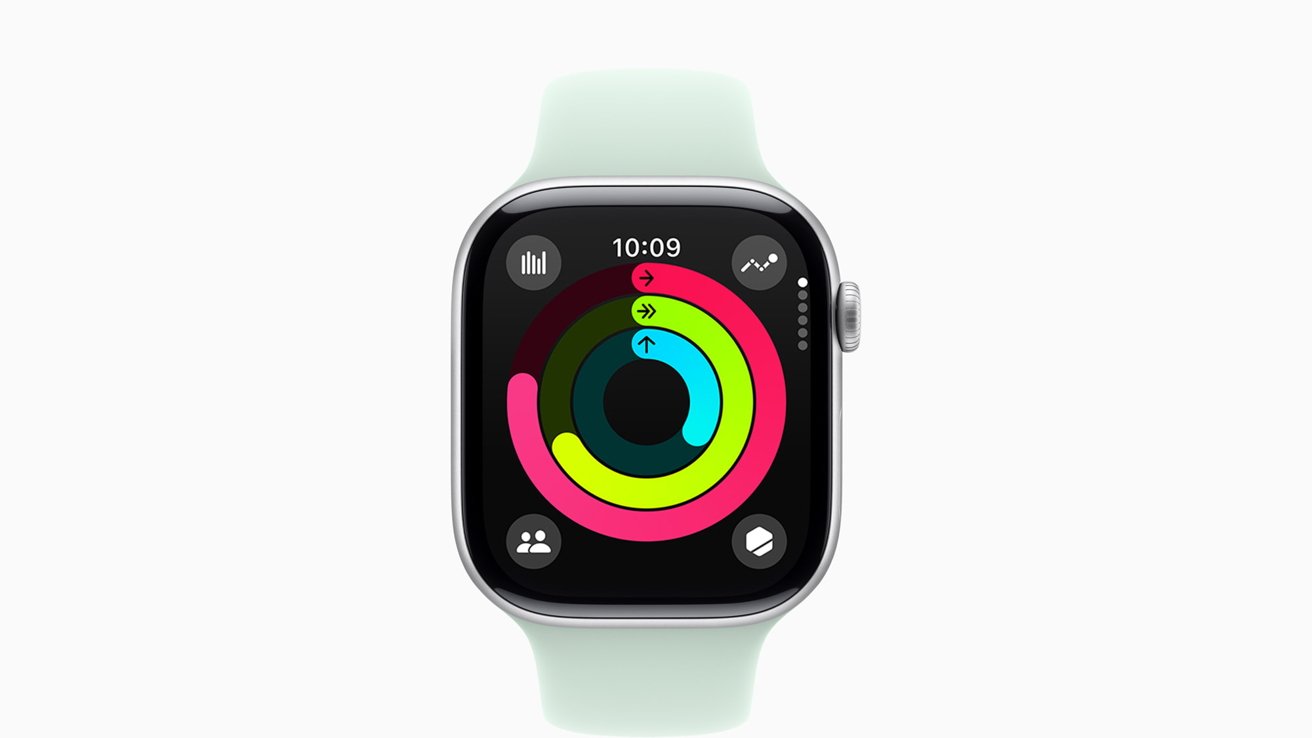




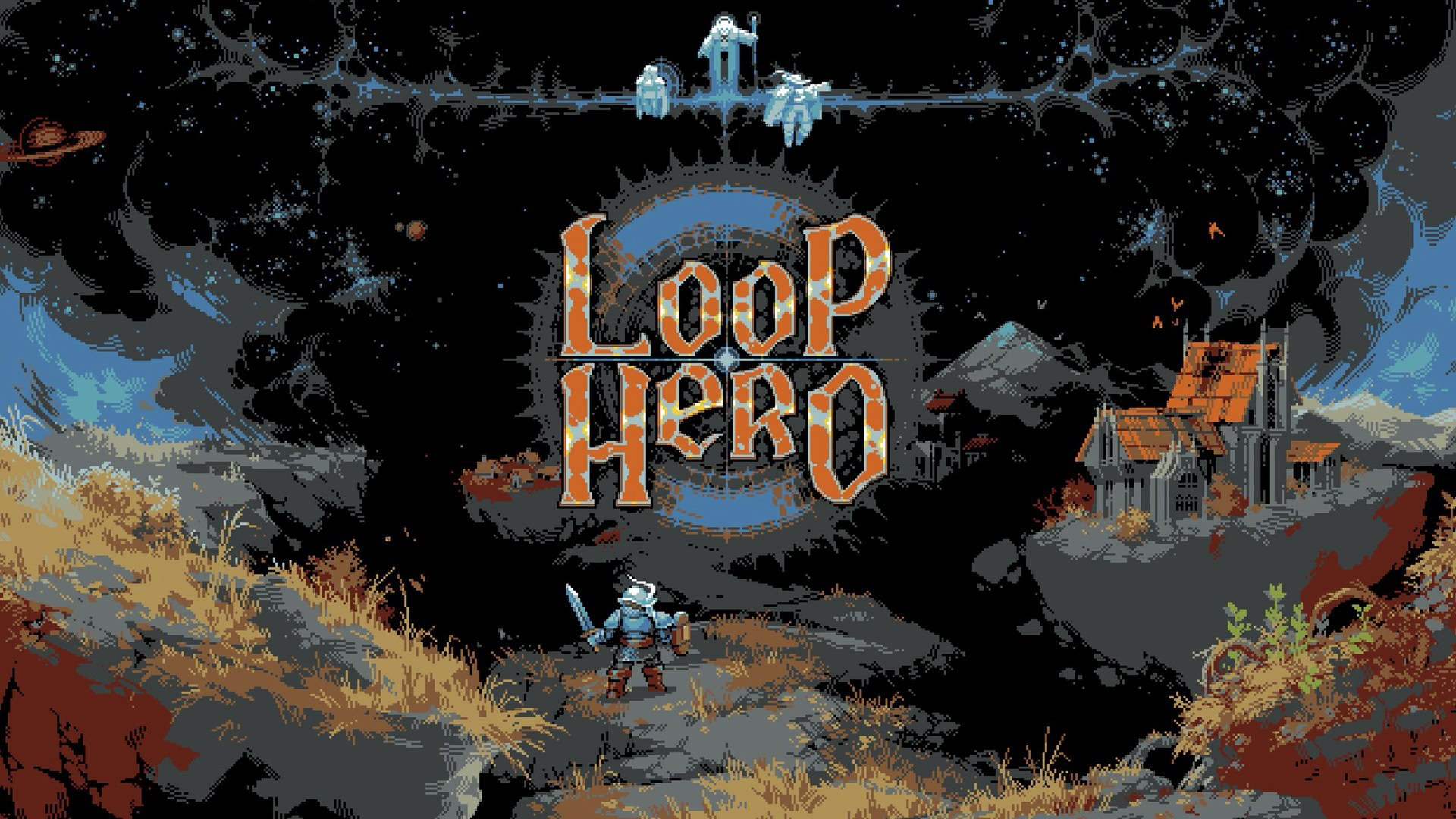























![Apple Shares New Ad for iPhone 16: 'Trust Issues' [Video]](https://www.iclarified.com/images/news/97125/97125/97125-640.jpg)

![At Least Three iPhone 17 Models to Feature 12GB RAM [Kuo]](https://www.iclarified.com/images/news/97122/97122/97122-640.jpg)



























































































































